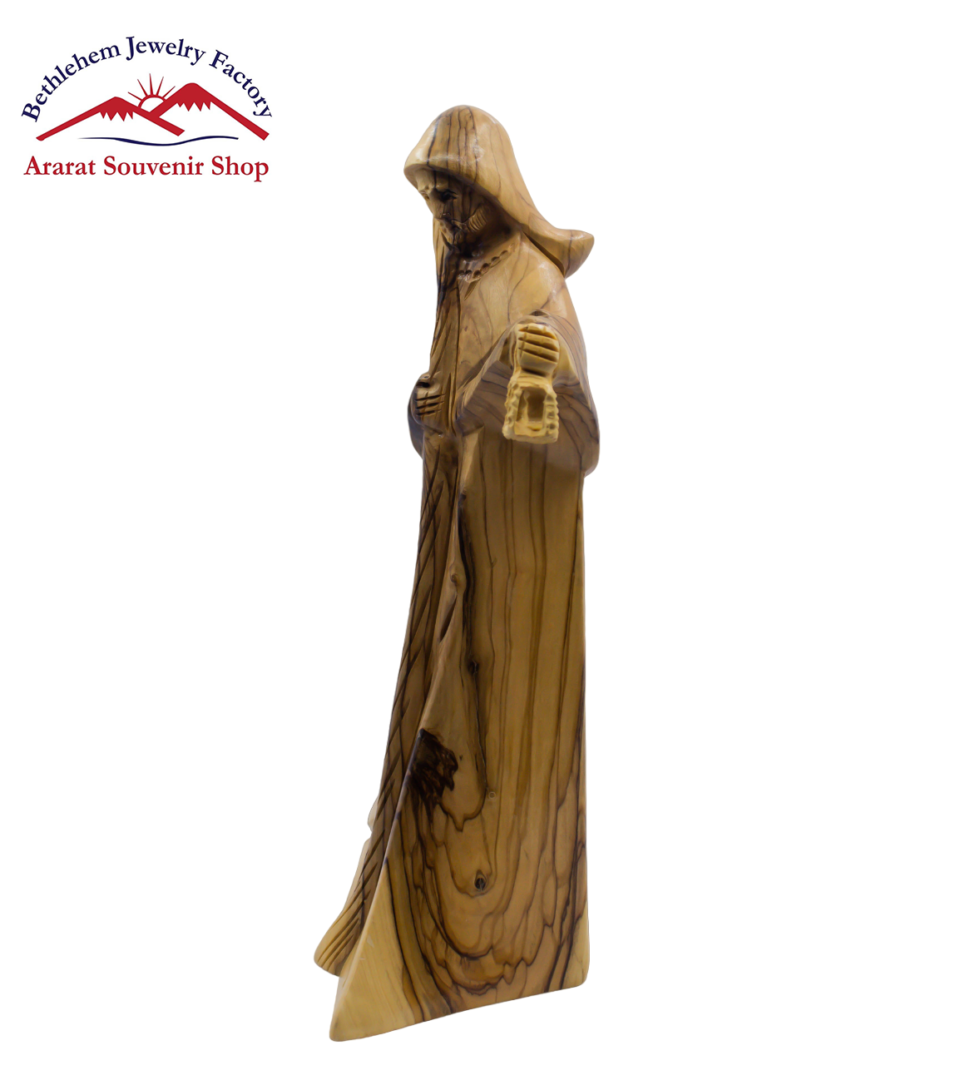The shepherd watches over the sheep
The imagery of a shepherd watching over his sheep is a powerful and evocative symbol that resonates across various cultures, traditions, and religious beliefs. This concept encapsulates themes of care, guidance, protection, and sacrifice, serving as a metaphor for the relationship between a leader and their followers, a protector and those they safeguard. At its core, the shepherd-sheep dynamic depicts a narrative that transcends mere pastoral imagery, touching on profound questions of responsibility, trust, and the inherent value of life.
In pastoral settings, the role of a shepherd is fundamental to the well-being of the flock. Shepherds are tasked with the day-to-day care of sheep, which involves leading them to pastures where they can graze, ensuring they have access to water, and protecting them from predators. This requires a keen understanding of the terrain, an intrinsic awareness of the individual needs of the sheep, and a commitment to nurturing their health and safety. The shepherd must possess both skill and intuition, knowing when to lead the flock, when to stand guard, and when to intervene during times of distress. This intricate balance of responsibilities serves as an apt metaphor for leadership in any context, demonstrating that effective leaders are those who prioritize the needs of those they serve.
In religious contexts, the image of the shepherd finds deep roots, particularly within Judeo-Christian traditions. In the Bible, Jesus is famously referred to as the “Good Shepherd,” who lays down his life for his sheep, as expressed in John 10:11. This profound statement emphasizes the sacrificial love inherent in true leadership, the commitment to protect and guide one’s followers even in the face of great personal risk. Jesus not only nurtured and taught His followers but also exemplified the perfection of caring leadership—leading by example and often standing up against societal injustices, ultimately culminating in His sacrifice on the cross. This narrative invites believers to reflect on their understanding of leadership, pushing them to embrace values of empathy, selflessness, and dedication.
The shepherd’s vigilance reflects the importance of active and engaged leadership. Just as a shepherd must be aware of the flock’s movements, a leader must remain attuned to the needs, challenges, and fears of their followers. The notion that the shepherd “watches over” them implies constant attention and awareness, representing a proactive stance rather than merely a reactive one. In communities, organizations, and families, effective leaders who model this vigilant approach foster environments of trust and security, making it easier for individuals to share their struggles, seek guidance, and work collaboratively toward shared goals.
Beyond the direct relationship between shepherd and sheep, this image also prompts reflections on the inherent value and dignity of all lives. Sheep, often seen as vulnerable creatures, symbolize the marginalized, overlooked, or weak individuals within any society. The shepherd’s attentiveness to each sheep mirrors a commitment to social justice, advocating for those who might otherwise be neglected or exploited. Leaders inspired by this ethos are encouraged to adopt an approach characterized by compassion and inclusivity, understanding that the value of leaders is often assessed by how they treat the most vulnerable among them.
In addition to these symbolic interpretations, the physical relationship between the shepherd and the sheep draws attention to the need for community and belonging. Sheep tend to thrive within the safety of the flock, where they gain strength from being together and where each member supports another. This camaraderie resonates with human experiences of connection and friendship, emphasizing that no one is meant to navigate life alone. The shepherd serves as a linchpin, creating a framework within which individuals feel both protected and empowered to grow. For faith communities, this dynamic enhances the sense of belonging that is crucial for spiritual and emotional well-being.
Moreover, the shepherd-sheep relationship highlights the necessity of guidance in navigating life’s challenges. The world can be a daunting place, fraught with uncertainty, trials, and tribulations. The image of a shepherd provides reassurance, symbolizing a reliable presence that can help steer individuals through life’s tumultuous waters. For many believers, invoking the protective guidance of a shepherd offers comfort and support amidst the trials faced in their personal lives or in broader societal contexts.
Learning from the shepherd’s example also highlights the importance of mentorship and role modeling in personal and leadership development. Young adults, children, and those newly embarking on their personal or spiritual journeys benefit immensely from the wisdom and support of more experienced figures. Just as a shepherd imparts knowledge about the best grazing lands and safety from predators, mentors guide others through challenges, teach valuable lessons, and help refine their individual paths. Learning to value the experience and insight of others becomes crucial for growth and maturity, facilitating a cycle of knowledge and care that transcends generations.
The cyclical nature of the shepherd-sheep relationship invites a continuous dialogue between leaders and their followers. By actively listening to the concerns, joys, and struggles of those they lead, shepherds empower their sheep to contribute to the community’s growth and nurturing. This collaborative approach fosters a sense of ownership, instilling pride in collective achievements and accountability in overcoming collective challenges.
In summary, the metaphor of the shepherd watching over the sheep encompasses profound themes of leadership, protection, and community. It illustrates the beautiful interplay between care and responsibility, touching on various aspects of life, spirituality, and human connections. The shepherd exemplifies values like compassion, vigilance, and self-sacrifice, challenging us to examine our roles as leaders, mentors, and community members. Ultimately, this imagery serves as a timeless reminder of the importance of guiding one another toward higher ideals, fostering a world where every individual thrives in the safety and strength of their community, and where mutual support deepens our collective humanity. In embracing the role of the shepherd, we can foster an environment where care, understanding, and love flourish, allowing every person to feel valued, supported, and understood on their unique journeys.












Reviews
There are no reviews yet.